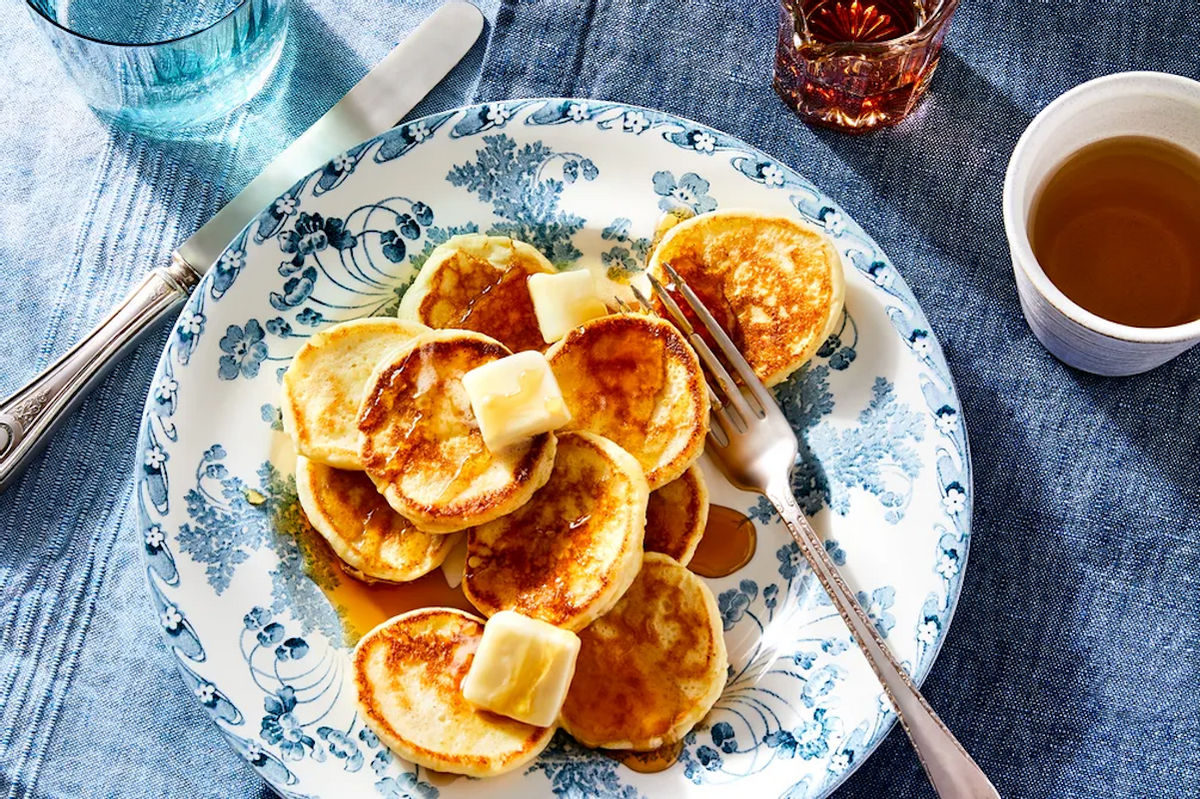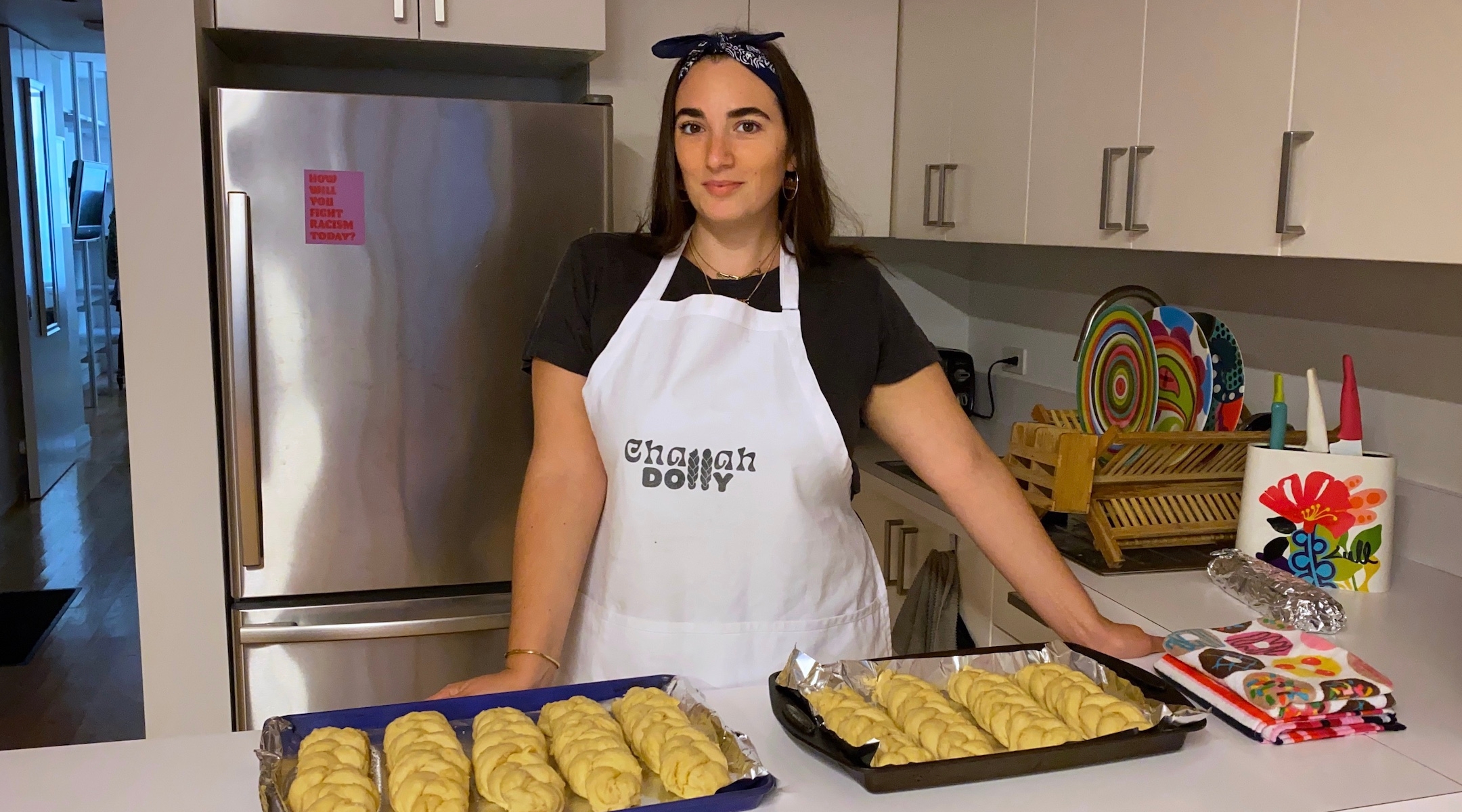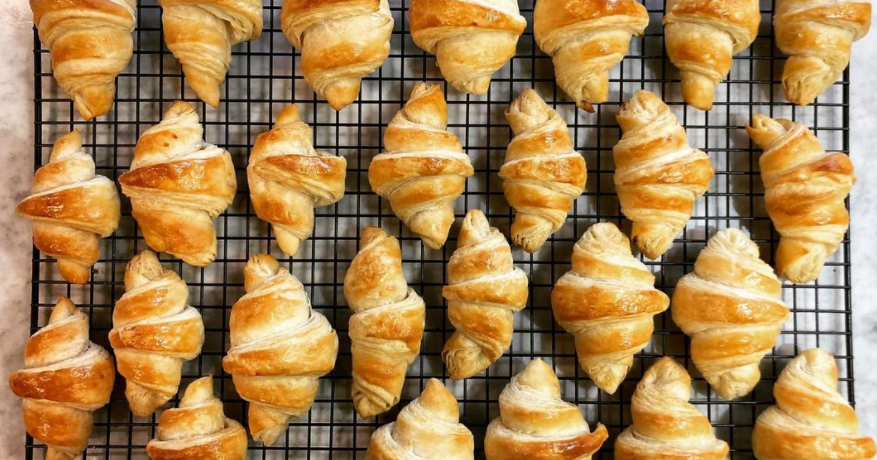I was in elementary school in the early 2000s, which meant most of my Fridays were spent with Bill Nye, the scientist. He made this aspiring 10-year-old writer/artist/cooking show host care about science, or at least be science-curious. And even though I barely made it out of high school chemistry and eventually pursued the writing career of my dreams, I never really escaped chemistry because the truth is that cooking and science intersect much more often than I would like. At the heart of this interaction are two very scientific ingredients: baking soda and baking powder. But what is the difference between them anyway?
Let’s get this straight, because that’s what Bill Nye would have me do: baking soda is a chemical compound also known as sodium bicarbonate, also known as NaHCO₃. And this dry ingredient is a powerhouse: it can just as easily absorb unpleasant odors from your refrigerator as it can help cakes and cookies bake well. When baking soda is combined with an acidic ingredient such as lemon juice, vinegar, cream of tartar, or buttermilk, it will cause baked goods to rise. “That’s why you see so many classic recipes for buttermilk pancakes and buttermilk biscuits or cake recipes that contain vinegar. Buttermilk isn’t just a flavoring agent – it provides the acid needed to react with the baking soda and leaven the bread,” says J Kenji Lopez-Alt in “The Food Lab.”
Baking soda also helps meat brown and crisp when seared in a skillet. Oh, and as Bill Nye demonstrated, it can also create a volcanic-like explosion that will make 10-year-olds go wide-eyed.
Baking soda is also strong. Stronger than baking powder, in fact. If you accidentally use too much of it in a recipe, you may taste its metallic flavor. You also need to cook it fairly quickly: “Because baking soda reacts immediately, quick breads made with it should be baked or baked right after mixing,” writes Lopez-Alt.
That leaves us with baking powder. Baking powder, like baking soda, is a chemical leavening agent made up of sodium bicarbonate (aka baking soda) and a weak acid, such as potassium bitartrate. Baking soda is essential for baked goods, but baking powder is really what makes pancakes and cookies rise and make them so moist. Dual-action baking powder, found at grocery stores, produces bubbles in two ways: when mixed with wet ingredients, and then when heated. The chemical composition of baking powder means that baked goods are generally lighter and fluffier than those made with baking soda alone. Pancake batter is the perfect example of this interaction. When baking powder is added to a mixture of flour, milk, eggs, oil and sugar, bubbles begin to form. when you drop the batter into half a dozen individual pancakes on a griddle, they will continue to bubble and rise as they cook.
TL; DR: you need baking soda and baking powder in your pantry. You cannot replace them 1:1. Mix a teaspoon of baking soda with 1/4 teaspoon of cream of tartar and you’ll have a smooth substitute for baking powder. Some recipes will call for one or the other, and many will call for both. Does that make more sense? Should I call Bill Nye for backup?


/cloudfront-us-east-1.images.arcpublishing.com/gray/LKP45UPKCJHCTKCYKB5PL7KWRU.jpg)

